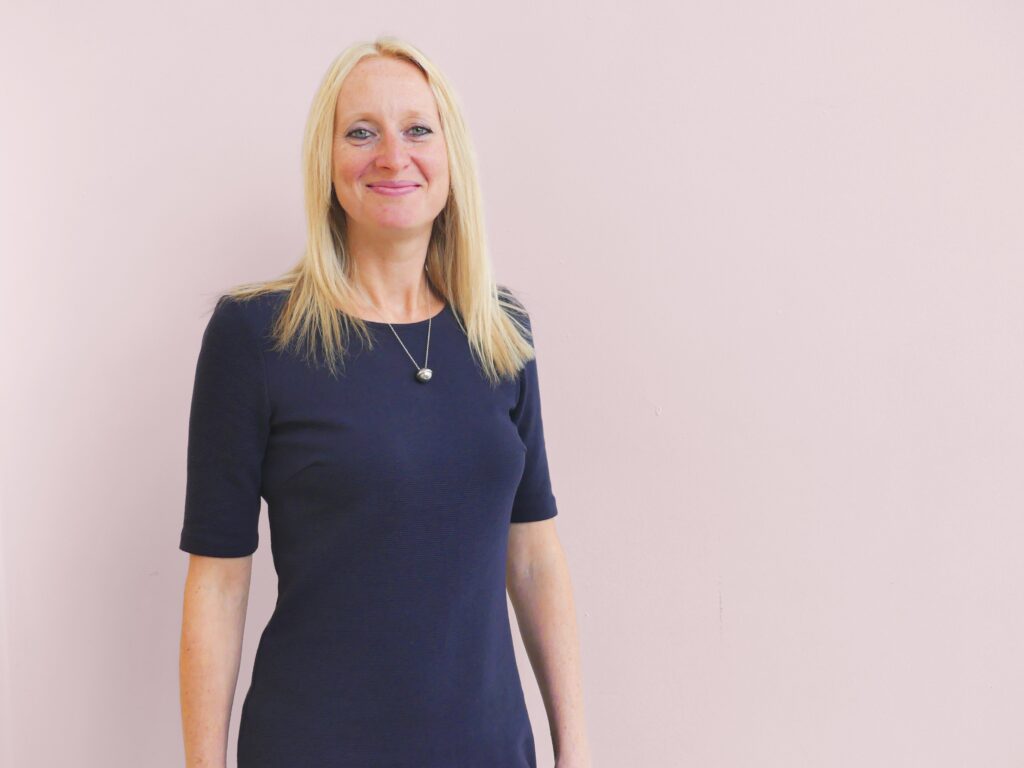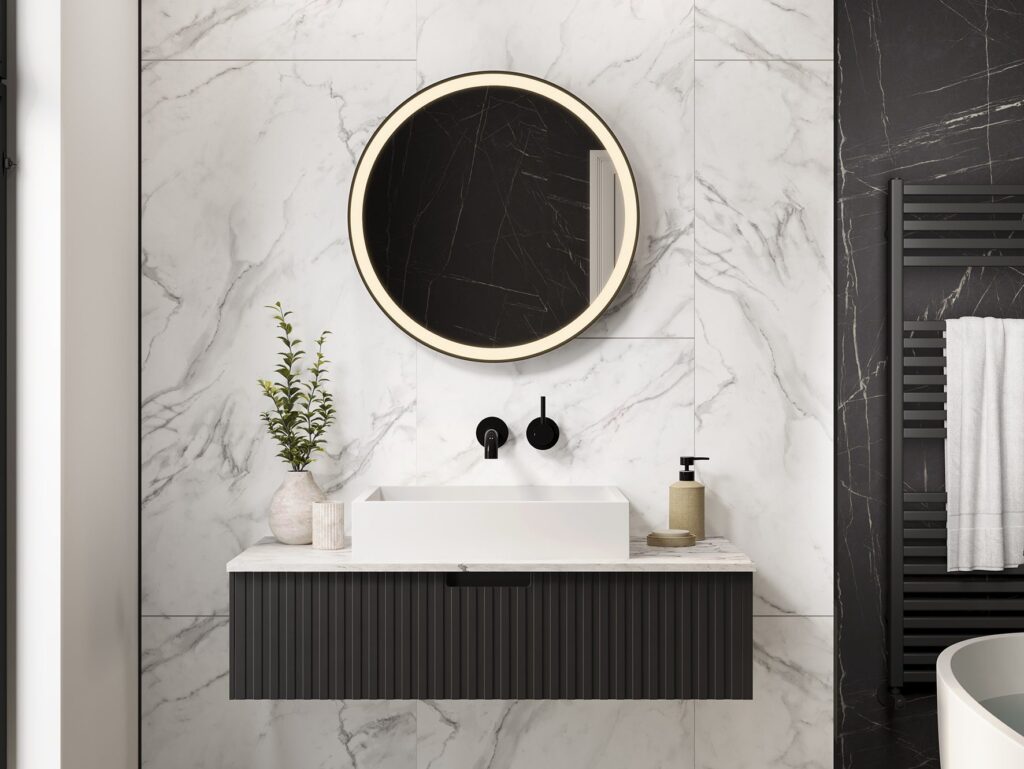Covid 19 has dramatically impacted home styling in the modern home, with more emphasis on multifunctionality, bringing the outdoors in and the home office
With the population paying more attention to their living environment than ever before, it’s no surprise the way we search, buy and style our homes has changed. Andy Richardson, Managing Director of interior design specialists, Edward Thomas Interiors discusses how the pandemic has forced us to re-imagine and re-purpose our home.
There’s no denying the Covid-19 pandemic has forced us all to re-evaluate our homes; whether that’s undertaking small DIY tasks, adding extensions or making the decision to move. Our indoor and outdoor space must work so much harder and are now no longer just a sanctuary or place to relax, they’re a workplace, school, entertainment complex, gym. Home comforts have adopted a whole new meaning as people look to become “space-smart.” But how do you achieve this and what changes are here to stay?
Flexible space
One of the first considerations when styling new homes in the past year has been to highlight any flexible or versatile space. We encourage housebuilders to show how rooms can be both functional and inspirational, so for instance can a built-in cupboard accommodate a desk that could be shut away at the end of the day, transformed as a home bar for entertaining or as a secret pantry? An innovative design we came across recently is what I call a ‘lootility’, a room that doubles as both a downstairs cloakroom and utility room/laundry.
When it comes to home working, not every home has a dedicated study or den, so we have to think imaginatively. How would a guest bedroom work? Can a temporary screen or partition create a distinguishable space? We’ve also not overlooked hidden or transitional areas like landings, eaves or the top of the stairs. The key is differentiation; marking a clearly defined space for a workstation. Obviously this can be achieved with full size desks and fitted shelving but we’ve also used half desks, console tables, standing desks and occasional tables to inspire house hunters.
Not forgetting homeschooling, it’s also been important to illustrate how children’s bedrooms can be adapted. The lockdowns have been really awkward for children so we’ve tried to make their learning spaces fun, like an arts and crafts bench or cosy reading corner with open shelving and painted character mural.
It’s then about duplicating some of these. Within the last year a home has typically had at least two people trying to live and work; whether that’s two adults, parent and child or multi-generational families, so it’s vital to demonstrate multiple useful and shareable spaces.
Upcycling
Equipment for home working or schooling doesn’t have to be brand new either, one of the big trends for this year is upcycling. We’ve seen old ladders repurposed as freestanding shelves, window frames as chalk boards, wooden crates and palettes into desks and storage. On one scheme, we even made a headboard from old cricket bats! The point is you can create some really original and eye-catching designs on a budget. Second-hand, vintage or antique purchases can be transformed with colour, accessories, etc so don’t dismiss the local car boot or flea market. There’s also some great apps and tutorials if you need extra inspiration.
Natural materials
One of Covid’s biggest impacts has been the adoption of nature and the environment in home styling. Obviously, the lockdowns forced everyone to spend more time in and around the home and this has had a dual impact. Firstly, people’s desire to connect to nature has become paramount and we’ve had to imagine new techniques to bring the outside in. Indoor plants, dried flowers and even fake bouquets have been an easy way to add greenery into the home and hacks like dressing windows or French doors with light fabrics to maximise daylight are straightforward.
The second impact has been the heightened level of interest in outdoor pursuits – walking, bird watching, cycling, beekeeping, etc. Trying to bring elements of these inside, therefore, is also really popular so artwork, fabrics and materials are all very natural, neutral and restorative. The Sunday Times Style magazine recently referred to this as the “great global rewilding”, emphasising the repetitive use of sustainable materials like rattan, cane and wood. This concept can also be seen in patterns for work surfaces and floorcoverings, where designs are evidently inspired by the environment such as lava, salt mines, clay pits or sand dunes.
We’ve actually taken this outdoor pursuit idea a step further and focused our styling for children’s bedrooms along these lines. Typically, these rooms tend to be the smallest in the house, but we want to make them memorable so that rather than just standing in the doorway, house hunters come into the room and explore. Themes are fantastic for this – not only can it create a wow moment for a youngster but also appeals to the inner child in every adult! Some of our latest schemes have included farmyard, horse riding, bumble bee, cycling and camping designs. Beds in the shape of chicken coops or camper vans, wall-mounted bicycles all make a statement but also appeal to those who enjoy an active and healthy lifestyle. From the housebuilder’s perspective too, it’s essential to show home photographs strikingly for social media and themed bedrooms are a great way to achieve this.
Gardens
Of course, bringing nature inside cannot replace access to the great outdoors and another significant impact of the pandemic can be seen in our gardens. Until very recently, Covid restrictions have limited all our face-to-face socialising to outdoors, so it’s not surprising there’s been a nationwide effort to make gardens as attractive and functional as possible.
Thinking of the garden as an extension of the home is now commonplace, with the boundaries between inside and out well and truly blurred. Just as our homes have had to become multi-functional, so have our gardens. Add cosy corner furniture and a fire pit and they’re a dining room; a sand pit or mud garden and they’re a child’s playroom; a built-in pizza oven or BBQ and they’re a kitchen; a vegetable patch or greenhouse and they’re a hobby space. But how does this work without appearing chaotic? We consider how space could be sectioned by adding physical differences such as split levels, gabion walls or stepping stones but also with more temporary options like bamboo screens, reed fencing, wood panelling, even outdoor wall paints can aid differentiation.
Another popular option is the addition of a summerhouse or garden pod; a dedicated and permanent structure away from the main home. These buildings provide a great alternative office space, especially for households where there’s more than one person working or home-schooling, but we’ve also transformed them into gyms, cinemas, bars, yoga studios, salons, playrooms and outdoor lounges so don’t be afraid to be imaginative!
For homes with limited outdoor space this doesn’t have to be a deterrent and we’ve seen some really inventive solutions such as doorstep gardens with rustic potted plants, vertical window box vegetable gardens and cosy, hygge-style bistro balconies. The key is making it somewhere you want to spend time.
The role of the home and garden as multi-functional spaces has got to be the most obvious legacy from Covid. Whilst they’ve never had to work as hard, they’ve kept people safe and one of the ways this protection has been repaid is through investment – extensions, redecorations, conservatories, improvements. Let’s face it, we haven’t been able to spend the holidays or get dressed up and go out, so these efforts have been refocused back into the home! What this means, however, is we’re starting to see a return to more luxurious and glamorous design briefs. If house hunters are still going to spend lots of time entertaining in the home or garden, they want them looking their best.”
Jonathan Hey, Founder and CEO of Aliwood Roof Lanterns
Whilst all-white rooms, beiges and greys are a staple in modern interior design, it’s worth remembering that colour – as an international visual language – transcends and elevates your emotional experience in a space.
We’re all spending more time indoors, and whether you’re home-schooling in the spare room, taking calls in the kitchen, or binge-watching in bed, it’s worth considering an upgrade to your home. Think about which moods you want to enhance with your design choices.
The colour blue is thought to decrease heart rate and blood pressure, so, whether or not you’re practicing good sleep hygiene, you can enhance your sleeping pattern by incorporating blues – both light and dark. Research, by The Office of National Statistics, suggests that we are spending almost twice as much time resting or sleeping during lockdown, so calm and serenity can capitalise on this. When paired with the dazzling natural light of a sunrise, blue shades can instill feelings of confidence and success. A perfect way to start your day.
Commentary: Andy Richardson, Managing Director of Edward Thomas Interiors
One of Covid’s biggest impacts has been the adoption of nature and the environment in home styling. Obviously, the lockdowns forced everyone to spend more time in and around the home and this has had a dual impact. Firstly, people’s desire to connect to nature has become paramount and we’ve had to imagine new techniques to bring the outside in. Indoor plants, dried flowers and even fake bouquets have been an easy way to add greenery into the home and hacks like dressing windows or French doors with light fabrics to maximise daylight are straightforward.
The second impact has been the heightened level of interest in outdoor pursuits – walking, bird watching, cycling, beekeeping, etc. Trying to bring elements of these inside, therefore, is also really popular so artwork, fabrics and materials are all very natural, neutral and restorative. The Sunday Times Style magazine recently referred to this as the “great global rewilding”, emphasising the repetitive use of sustainable materials like rattan, cane and wood. This concept can also be seen in patterns for work surfaces and floorcoverings, where designs are evidently inspired by the environment such as lava, salt mines, clay pits or sand dunes.
Commentary: tips & tricks with Candon Murphy, Interior Designer at MG2
- Consider craftspersons – When you’re wanting something new for your home, think about locally made. Think about artists that are working and building in your area. Consider Etsy, where you can search by location to find a local maker. Farmer’s markets. A lot of furniture stores will showcase goods from local makers. Antique malls don’t only just have vintage stuff; sometimes they have locally made. Also Instagram. Facebook Marketplace. Even Amazon lets you search for local artisans in your region.
- When you need to buy online, do the research on where things are coming from – Really understand the origin of whatever piece you’re buying, do your best to purchase from makers who are as close to your home as possible. The fastest way to do this is to call the company and ask them for information on the product, but most product pages have info on where the product is made. Deeper research can be done on the manufacturer simply by googling.
For example – If you’re purchasing a mattress, there are so many companies, and they have these FAQ pages and hotlines where you can find out a lot of sustainability information. More and more companies are adding this info because people are asking the questions. Candon called and asked about manufacturing locations; “If I’m a customer in the Seattle area, where would my mattress be coming from?”
- Think about the purity of materials you’re bringing into your home – When you really want to consider a sustainable home, you want to think about natural materials. Ones like wool, bamboo, cotton, and linen. Make sure you’re avoiding materials that are harmful like vinyl and fire retardants. Things like your furniture and bed sheets are a good start, but also things like interiors of your upholsteries are worth considering. Choose silicon over vinyl. If you’re considering remodeling your home, avoid the use of artificial wood products, which are not biodegradable. Consider real wood, and if it’s local, all the better.
- Avoid chemicals that are harmful – We mentioned fire retardants already, but there are many chemicals in our built environments and in the products we purchase that eventually leech into our living environment. We want to avoid those as much as possible. There are a few ways to do this – There’s the UL spot database: these list items that have high levels of air quality. Consider it a consumer report for indoor air quality and health where you can search thousands of products. There are also other indoor air quality certs on the market. Talking about mattresses again, they may have an indoor air quality cert listed on their website, for example, CertiPureUS.
- Focus on company transparency, not the numbers or even the certifications. – If I as a consumer am willing to spend the time to do the research, I expect to get real answers from the companies that I’m asking these questions to, and I know to avoid companies that won’t give me the answers, or don’t know the answers. There are so many companies readily offering this information, on their websites or over the phone, and those are the ones we want to support and whose products we want to purchase.
The fact that the company is doing what they can to disclose the information is more important than the numbers here. At this point in our sustainability journey as a society, it’s about transparency from company to consumer. If all else fails, start there.
To stay up to date on the latest, trends, innovations, people news and company updates within the UK property and housebuilding market please register to receive our newsletter here.
Media contact
Rebecca Morpeth Spayne,
Editor, Showhome Magazine
Tel: +44 (0) 1622 823 922
Email: [email protected]











